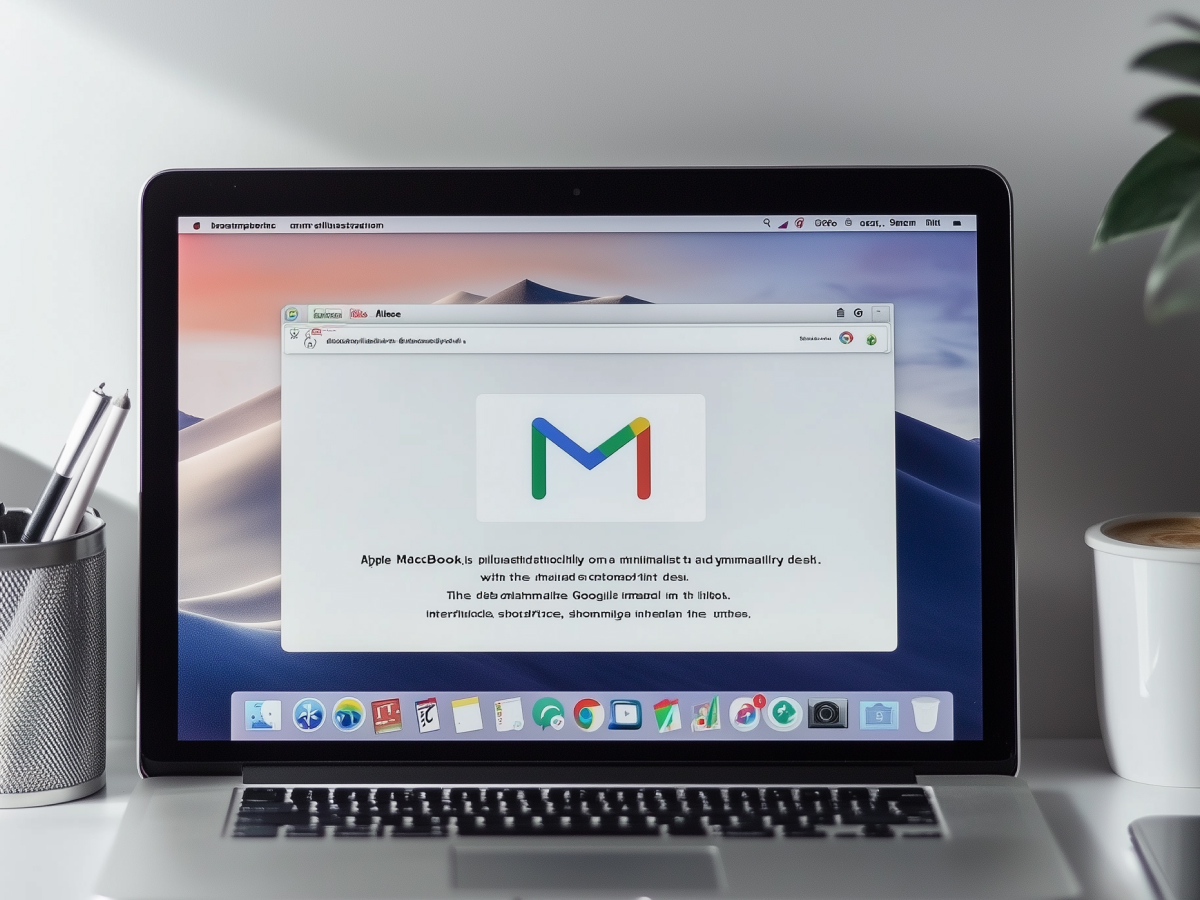As we move into an era where digital technology influences every aspect of our lives, governments globally are shifting towards digital avenues to enhance their operations and service delivery. Digital government embodies a shift towards leveraging digital data and technologies, aiming at improving the efficiency and effectiveness of government services for citizens and businesses.
This transformation is about adopting new technologies and rethinking the way governments interact with the public, ensuring services are more accessible, timely, and user-friendly.
Digital government has the potential to break down barriers between citizens and their governments, making interactions smoother and more efficient.
For example, simple tasks like renewing licenses, filing taxes, and accessing public records can be streamlined through digital platforms, reducing the need for physical paperwork and in-person visits. Such digital-first approaches not only save time for both government employees and citizens but also open up new avenues for public engagement and participation in governance.
Why is there a need for digital transformation in government?
The need for digital transformation within the public sector has been highlighted by various global events, with the COVID-19 pandemic serving as a prime example. Governments were thrust into a situation where digital capabilities became the backbone of maintaining and enhancing operations during times of crisis. The pandemic underscored the importance of having digital infrastructure that can support remote work, digital service delivery, and data-driven decision-making.
Despite the apparent benefits, several barriers hinder the acceleration of digital adoption within the public sector. Aversion to risk, budget constraints, and a lack of digital literacy have historically slowed digital initiatives.
Overcoming these challenges is paramount for governments to build resilience against future disruptions and to cater to the evolving needs of their citizens. Governments need to adopt a proactive stance towards digital transformation, viewing it as an investment in the future rather than a cost.
Strategies to accelerate digital government
Accelerating digital government requires a comprehensive strategy that includes both optimizing existing services and transforming operations through digital innovation. Optimization involves enhancing current processes and services with digital tools and platforms, making them more efficient and accessible. Transformation, however, is about reimagining how services are delivered, using technology to create new or significantly improved services.
Cloud computing, for instance, offers governments the flexibility and scalability to deploy services rapidly and efficiently, without the need for extensive physical infrastructure. Artificial intelligence (AI) can be used to personalize service delivery, making government interactions more relevant to individual needs.
Digital identity solutions provide a secure and convenient way for citizens to access a range of services with a single set of credentials, simplifying the user experience while enhancing security.
Leadership and governance in digital government
Leadership and governance play a foundational role in navigating the digital transformation journey. As digital technologies evolve, so do the roles of government leaders, including Chief Information Officers (CIOs), Chief Digital Officers (CDOs), and mission-unit leaders. These leaders are tasked with crafting a vision for digital transformation, rallying their organizations toward that vision, and navigating the complexities of implementing digital initiatives.
A governance framework that promotes collaboration across departments and levels of government is essential. Such a framework sets the stage for sharing resources, standardizing data practices, and ensuring that digital initiatives align with broader organizational goals.
Effective governance also involves establishing clear metrics for success, enabling leaders to track progress and make informed decisions about future investments in digital technologies.
Measuring progress in digital government
Evaluating the progress and effectiveness of digital transformation efforts is crucial for continuous improvement. The Gartner Digital Government Maturity Model and the Digital Execution Scorecard are tools that can help governments assess their digital maturity. These frameworks enable leaders to benchmark their progress, identify gaps, and prioritize areas for investment.
Using these tools, governments can set measurable goals for digital initiatives, such as improving service delivery times, increasing digital service adoption rates, or enhancing cybersecurity measures. Regular assessment helps ensure that digital transformation efforts remain on track and aligned with the evolving needs of citizens and businesses.
Challenges and future directions
Digital transformation in the public sector is full of complex challenges, from organizational silos that impede collaboration to funding limitations and a skills gap in digital competencies.
Addressing these challenges requires strategic planning, investment in training and development, and a willingness to experiment with new approaches. Emerging technologies such as AI, blockchain, and the Internet of Things (IoT) hold promise for further transforming government services. AI can automate routine tasks, freeing up government employees to focus on more complex issues.
Blockchain offers a secure and transparent way to manage public records, reducing fraud and increasing trust. IoT devices can collect real-time data to inform decision-making and improve public services, such as traffic management and environmental monitoring.
Final thoughts
The journey towards digital government is a continuous process of adaptation and improvement. By embracing digital transformation, governments can enhance their service delivery, engage more effectively with citizens, and build a more transparent and responsive public sector.
Success in this journey requires strong leadership, strategic governance, and a commitment to leveraging digital technologies to meet the challenges of the 21st century. As we move forward, the potential of digital government to improve lives and strengthen democracy is immense, promising a future where government services are more accessible, efficient, and aligned with the complex needs of the digital age.





